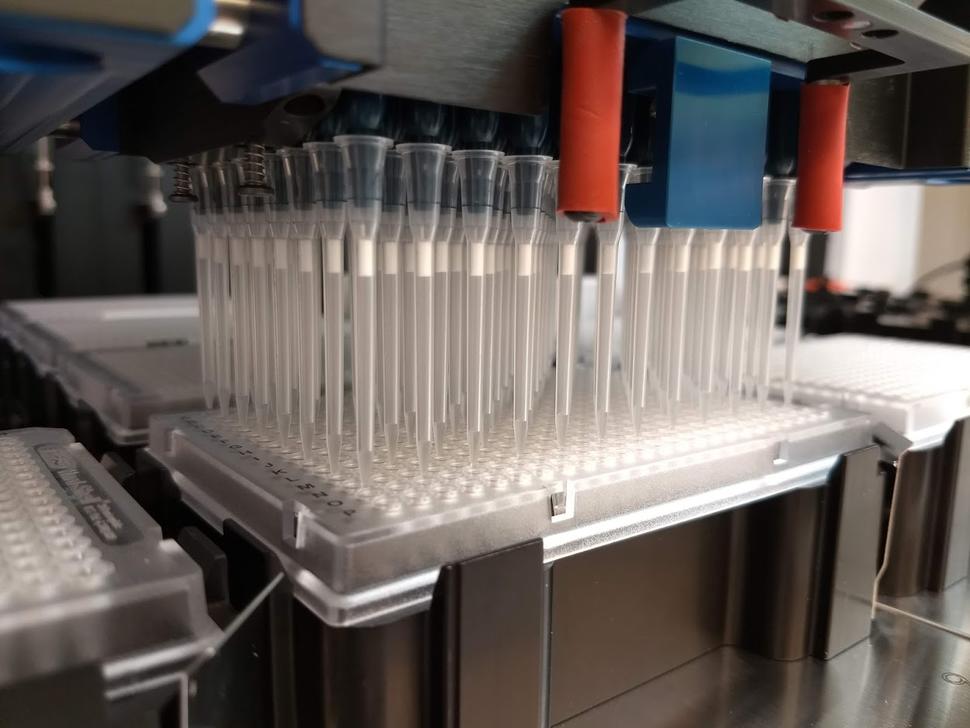HPV Genotype Natural History and Implications for Cervical Cancer Screening
Maria Demarco, Ph.D., M.P.H., postdoctoral fellow in the Clinical Genetics Branch (CGB), Mark Schiffman, M.D., M.P.H., senior investigator in CGB, and collaborators studied type-specific HPV natural history and implications for contemporary cervical cancer screening programs. These findings were published in the journal EClinicalMedicine on April 24, 2020.
HPV genotypes range substantially in risk of progression to cervical precancer/cancer, but the clinical value of typing is debated. Data from 11,573 HPV-positive women, followed for nine years in the National Cancer Institute/Kaiser Permanente Northern California Persistence and Progression (PaP) study showed that HPV types varied substantially in cumulative risk and annual rate of progression to precancer. Partial HPV typing is an important part of accurate risk estimation and optimal clinical management: (1) HPV16 is uniquely carcinogenic and should be individually distinguished; (2) HPV18 and HPV45 are higher risk, and especially risky for adenocarcinomas and squamous cancer; (3) HPV31, HPV33, HPV35, HPV52, and HPV58 (HPV16-related types) pose substantially higher risk than (4) HPV39, HPV51, HPV56, HPV59, and HPV68, that pose very little risk if precancer is not immediately found.
Additionally, this study demonstrated that initially rapid, then slowing, rates of clearance of most of the carcinogenic HPV types are clinically indistinguishable; and the fate of most HPV infections was evident within three years, when the great majority (80%) of infections was no longer detected. Persistence without progression was rare. A woman’s age did not modify risk; rather it was the duration of persistence that was important. The predictive value of abnormal cytology was most evident for prevalent precancer, but less evident in follow-up.
The great majority of women being followed for abnormal cervical cancer screening results have HPV infections without evidence of precancer. In a cervical cancer screening program based on HPV testing starting at age 30, the most important predictors of risk of precancer at baseline testing are HPV status (positive versus negative), HPV type group, prevalent versus incident detection of HPV (duration of infection), and high-grade cytology. Persistence of the highest risk HPV types past about two to three years following baseline screening is highly predictive of precancer.
Reference:
Demarco M et al. A study of type-specific HPV natural history and implications for contemporary cervical cancer screening programs. EClinicalMedicine, April 25, 2020. DOI: 10.1016/j.eclinm.2020.100293. [Epub ahead of print].
